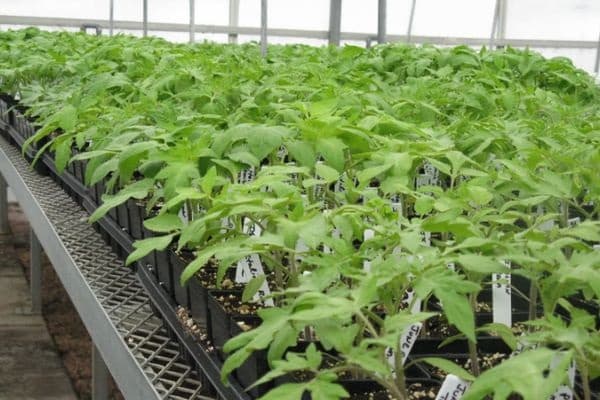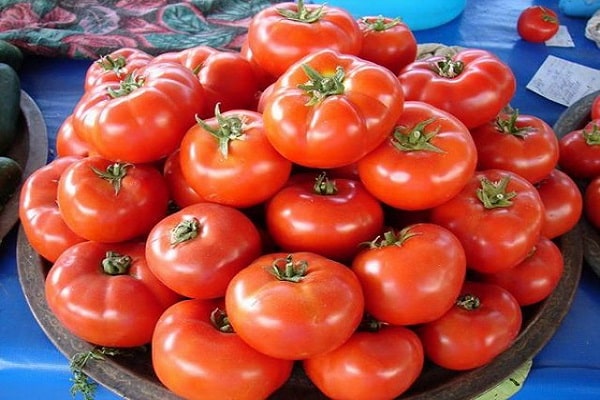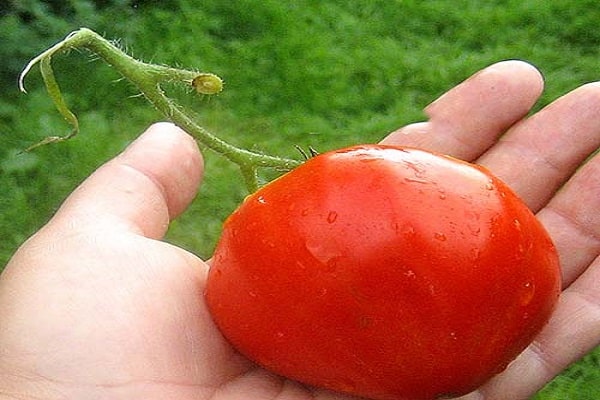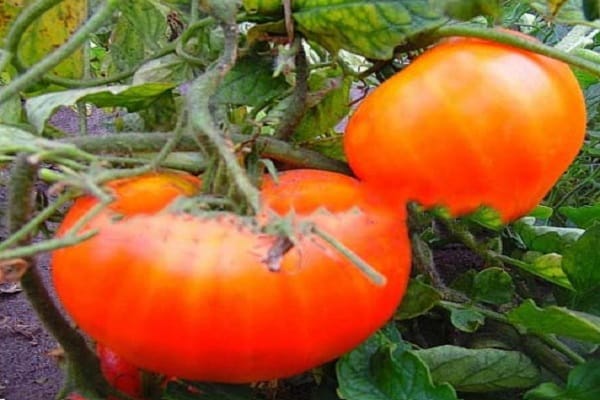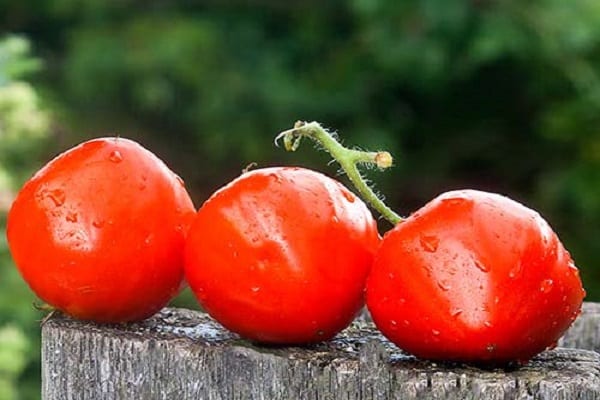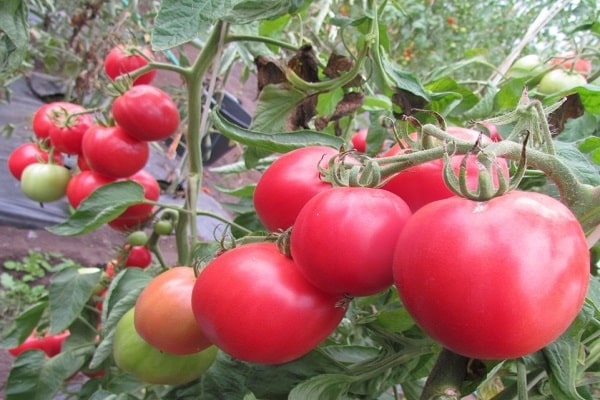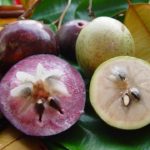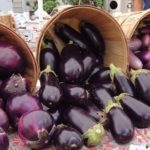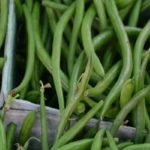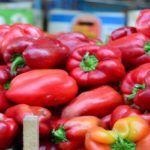The Heart Kiss tomato appeared on the garden crops market recently and immediately gained popularity among lovers of unusual tomatoes. The plant is intended for growing in open space and in film structures. In the first case, the shoots are not very tall and the bushes reach a height of no more than 0.7 cm. When grown in a shelter, the plant can reach a height of up to 1.2 meters and in this case requires tying.
[toc]
The description of the variety classifies it as a species with an average period of fruit ripening. The first harvest is harvested on average 3 months after the first shoots appear.Vegetables look great in salads and give them an unusual sweetish taste; they can be used in recipes when preparing preparations for the winter.
A spreading plant with a small amount of green mass is suitable for growing in difficult Siberian conditions and shows good yield in regions with a difficult climate and risky farming. The advantage of tomato is considered to be good resistance to various types of tomato diseases.
Description of fruits
Externally, tomatoes look neat and have a characteristic heart-shaped shape, for which the plant received its unusual name. Fruit characteristics:
- smooth surface;
- bright rich color;
- dense shiny skin, not prone to cracking during ripening and heat treatment.
The average weight of one tomato in a greenhouse reaches 300 grams, and one bush of the plant can produce up to 3.5 kg of harvest. When grown outdoors, the fruits are smaller in size, resembling even large cherry tomatoes. Leading experts rated the taste of the variety's fruits at 4.8 points, and reviews from gardeners confirm this opinion. The bush with heart-shaped tomatoes is recognized as one of the sweet varieties of tomatoes in the history of world breeding. This feature is due to the increased sugar content in vegetables.
The inflorescences formed have a simple shape, and the brushes contain several vegetables at the same time, resembling a bunch in appearance. A large number of tomatoes on a branch is considered a distinctive quality of the variety.
Growing Issues
The plant is grown by seedlings. The planting time will be determined depending on the planned harvest date and the climatic conditions of the area.Sowing is carried out in small containers in pre-prepared soil. Before planting, it is recommended to treat the soil with potassium permanganate or a special preparation that prevents the occurrence of fungal plant diseases.
Cultivation is carried out at a room temperature of 23–25 C°. Seedlings respond well to moderate watering and the addition of mineral fertilizers. If there is a lack of sunlight, it is recommended to provide the shoots with additional lighting to prevent them from stretching and thinning.
A few days before planting in a permanent place, it is necessary to carry out the procedure of hardening the seedlings, which will increase their immunity and survival rate.
The recommended time for planting seedlings in a permanent place is considered to be 55 days of age of the shoots. Typically, transplantation is carried out in May or June, depending on the time of sowing the planting material and the climate of the area. The plant loves fertile soil made from the following components:
- peat;
- sand;
- humus;
- organics;
- mineral fertilizers.
The shoots are formed into one main stem, tied and periodically pinched. Removing excess green mass contributes to better nutrition of the bushes and increases productivity.
With late planting and low ambient temperatures, not all the fruits of the plant have time to fully ripen. In this case, the tomatoes are collected and kept in a dark room until they turn completely red.

